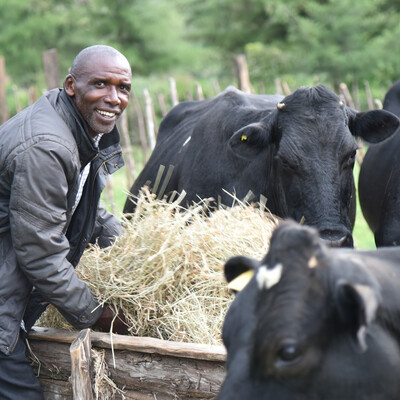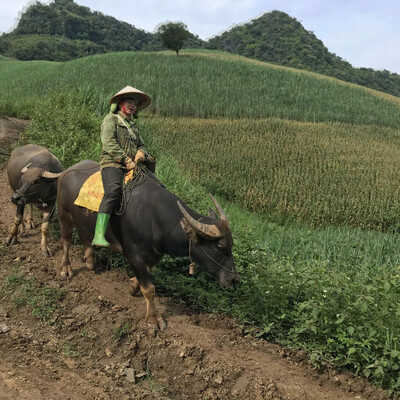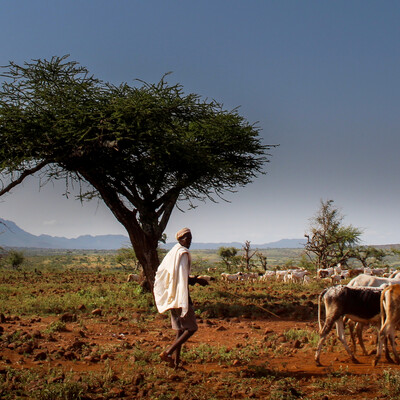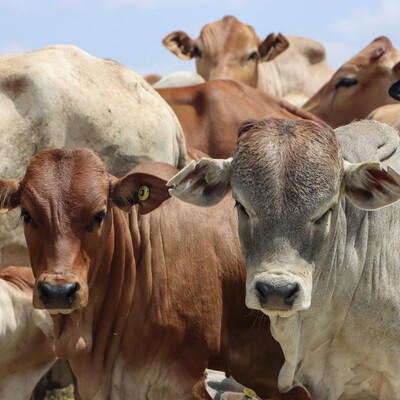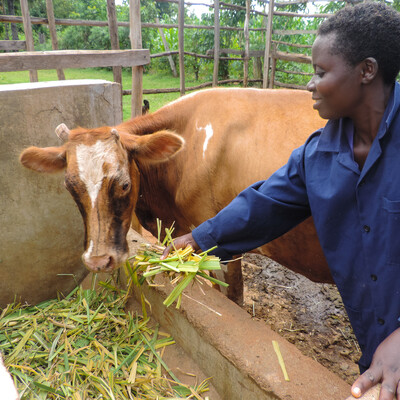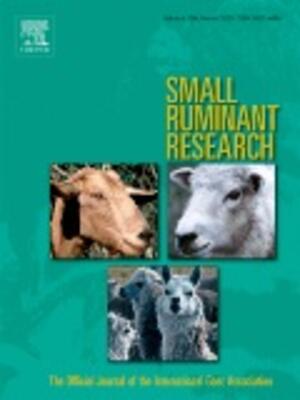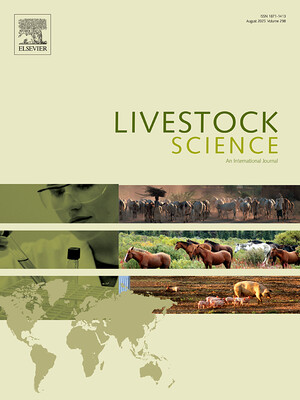
Ruminant livestock production systems and imperatives for sustainable development
Jimmy Smith, director general of the International Livestock Research Institute (ILRI), this week gave a keynote presentation at the International Grasslands and International Rangelands Virtual Congress.

Smith began, as almost all livestock related talks now begin, by reminding his grasslands/rangelands audience of the many controversies now virtually baked-in to livestock discussions in the Global North, and the chilling effects those are having on smallholder livestock policies, farmers and herders of the Global South.

As a countermeasure, he then reminded his audience of the sheer diversity of food production systems based on ruminant animals—on cattle, sheep, goats, camels, and water buffaloes—and on the diversity and magnitude of the benefits they generate.

With such great disparities in perspectives on livestock, more balanced, nuanced and context-specific conversations are needed, he said.
From a developing world perspective, he provided some specific livestock benefits.
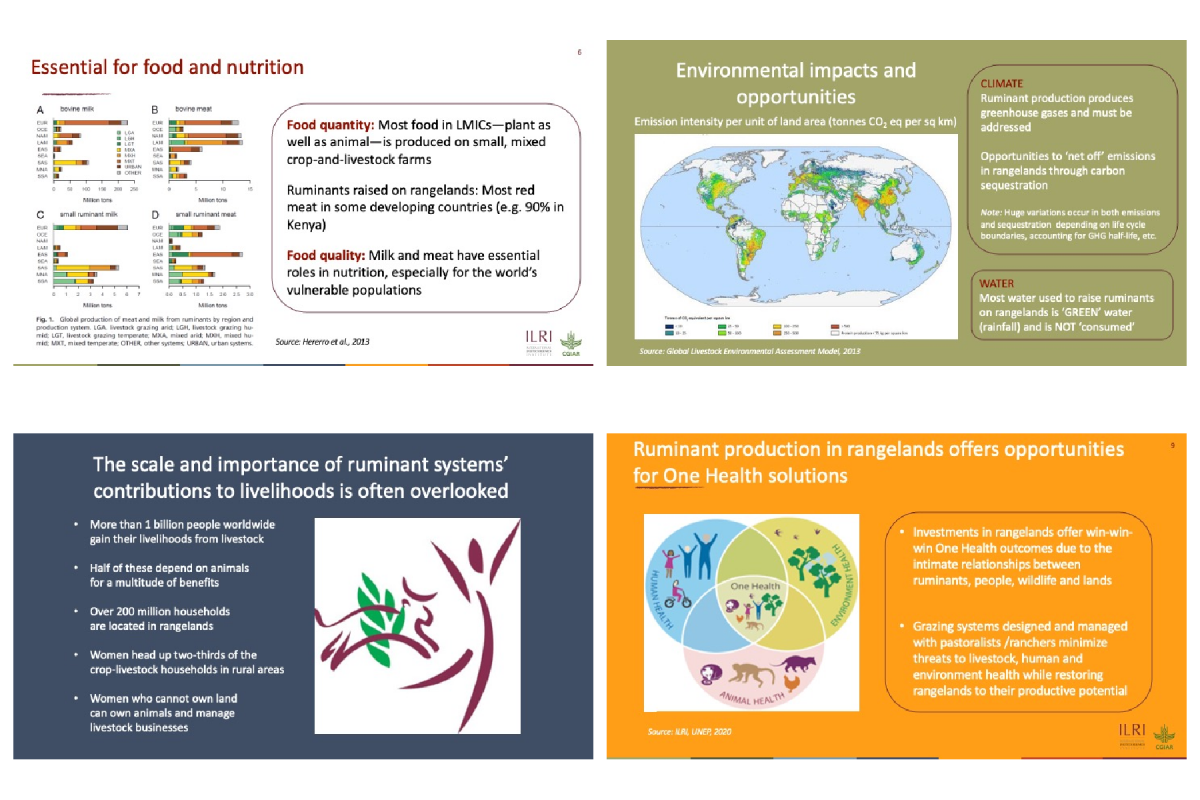
Smith argued that the sheer extent of the world's rangelands, rangeland populations and the rapidly developing livestock sectors of many developing countries make their importance vital to the future of food—and to the future of nutrition, health, prosperity, rural development, climate change, the environment . . . .

A piece of good news, he said, is that a Rangelands Atlas, published earlier this year by ILRI and partners, showed that the world's rangelands are more stable than many have thought.

But among the threats to rangelands—to their health and productivity and ecosystem services—are challenges due to increasing fragmentation of these lands (which harms wildlife habitats as well as human livelihoods), hotter and drier environments due to global warming, losses in biodiversity, and the continued marginalization of many pastoral peoples.

Smith zeroed in on three ways to enhance the benefits and reduce the threats to the world's rangelands.

To do this, he argued for two main pathways for the sustainable development of rangelands. Where natural rangeland resources are more favourable for food production, he said we should pursue opportunities to increase sustainable livestock production and market engagement. And where rangeland resources are less favourable for food production,
we should focus on supporting the environmental stewardship of these lands provided by the herding peoples who live on them. He cautioned, however, that greater risk mitigation, resilience and adaptive capacity are needed across all the world's rangelands.
Smith ended his talk by providing two specific examples based on ILRI's research on how these pathways for rangeland development might be enhanced.

For more on ILRI's Index-Based Livestock Insurance project, please go here.

For more on this project, please go here.
Here is the whole presentation by Jimmy Smith.






